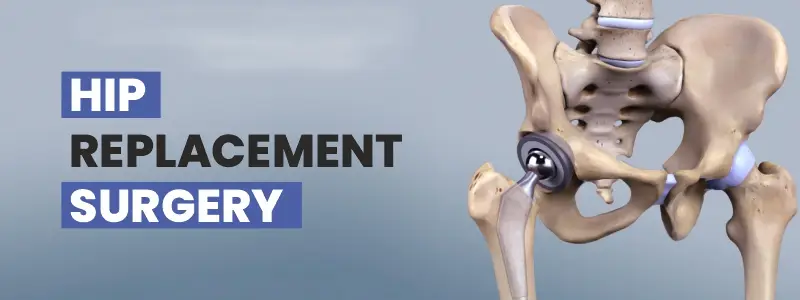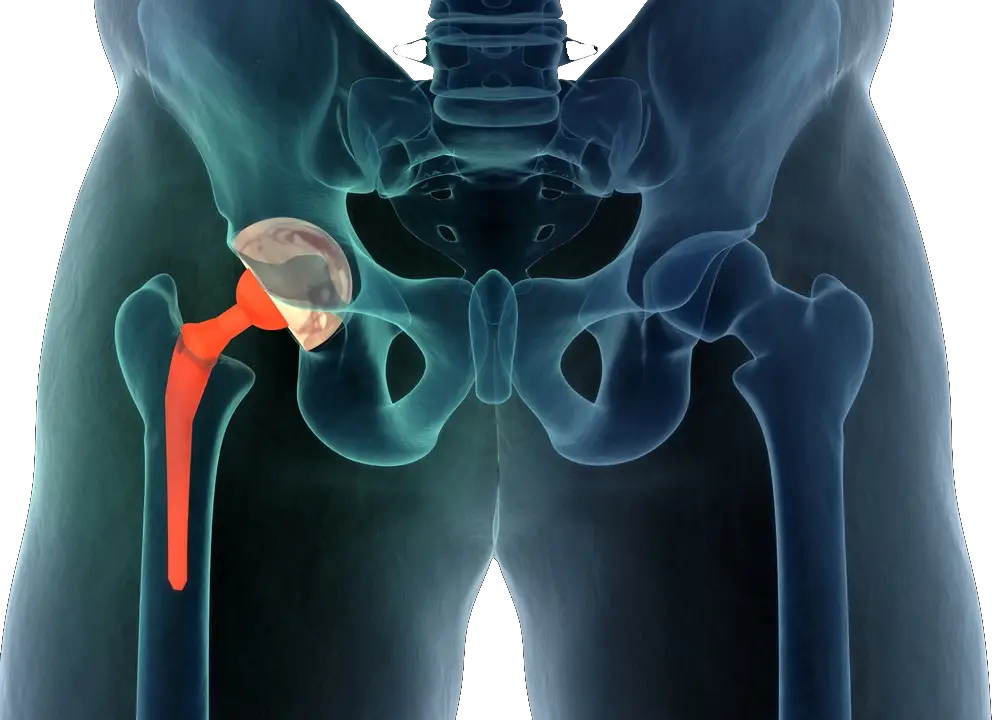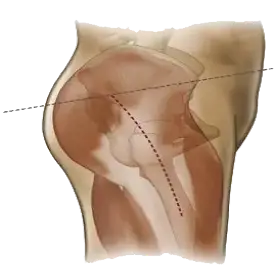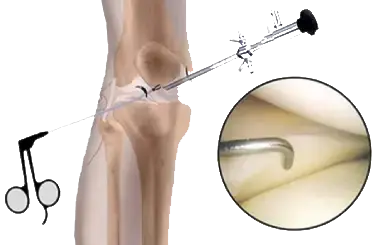Hip replacement is a common technique conducted across all predominant hospitals for orthopaedic surgical operations. Hip replacement surgery is a process in which a doctor or hip replacement surgeon surgically removes a painful or injured hip joint with arthritis and replaces it with an artificial joint that is made up of metal and plastic components. It is performed when all other treatments have failed to provide a pain-free life. The process treats a painful hip joint, making walking easier.

Types of Hip Replacement Surgery in India
In addition to standard hip replacement surgery, orthopaedic surgeons perform hip replacement traditionally and using a minimally-invasive technique. The main difference between the two processes is the size of the incision. During standard hip replacement surgery, general anaesthesia is used to relax your muscles and put you in a comfortable condition. This will prevent pain during hip replacement surgery.
Anterior Hip Replacement
This type of hip replacement is a surgical process in which damaged bones are replaced with total hip arthroplasty. Other names for the procedure are minimally invasive or muscle-sparing hip arthroplasty. An anterior hip replacement surgery in India is more popular because it’s less invasive than posterior and lateral approaches. This technique causes less damage to surrounding muscles and tendons, which leads to a faster recovery.


Posterior Hip Replacement
This technique is a minimally invasive hip replacement surgery performed to replace the hip joint. It is a quick recovery process and is also known as muscle-sparing surgery. It is traditionally the most common and the first option to perform a total hip replacement. In a posterior hip replacement, the incision is placed at the back of the hip so that the significant walking muscles are not cut.
Arthroscopy
It is a surgical procedure that can diagnose and treat problems in the patient experiencing knee pain. It is helpful for a joint replacement surgeon to confirm the source of knee pain and treat the problem. The arthroscope enters one of the cuts during the surgery, and the surgeon will perform the surgery using the attached camera. The surgeon can investigate your joint’s condition through images produced by the camera.


Hip Replacement Rehabilitation
The recovery process from total hip replacement will be around 4 to 6 weeks. Your hip replacement surgeon will work with you to heal your surgical wounds and internal soft tissues. Typical recoveries include physical therapy exercises to provide an everyday life to the patient with returning to work and the activities of daily living.
Hip Revision
Hip revision is performed to repair an artificial hip joint that has been damaged due to an infection. This type of surgery removes old hip implants that can have become an issue and replace them with new ones. Our team of experienced surgeons has the requisite expertise and surgical skills to remedy the initial replacement.

Infected Total Joints
If a total joint replacement becomes infected, the health of the joint and limb and the patient’s overall health become an immediate concern.
What Materials Are Used In A Hip Replacement?
According to experts, four basic options are used in making hip implants.
Metal-on-Metal: – The first one was used in 1955. It greatly reduces wear.
Metal on Plastic: – It is the longest-used material with a metal ball and polyethene socket. It was first used in 1960 in hip replacements.
Ceramic-on-Ceramic: – It is a “21st-century” hip replacement material, especially for younger patients. It shows excellent performance over time.
Ceramic-on-Plastic– It is the most durable hip replacement material and the first choice for younger patients. It is better lubricated than other materials.

Conclusion
Our orthopaedic surgeons are trained and fully capable of managing and treating total infected joints. This procedure includes the removal of the entire joint implant and a course of some medications followed by revision joint replacement.